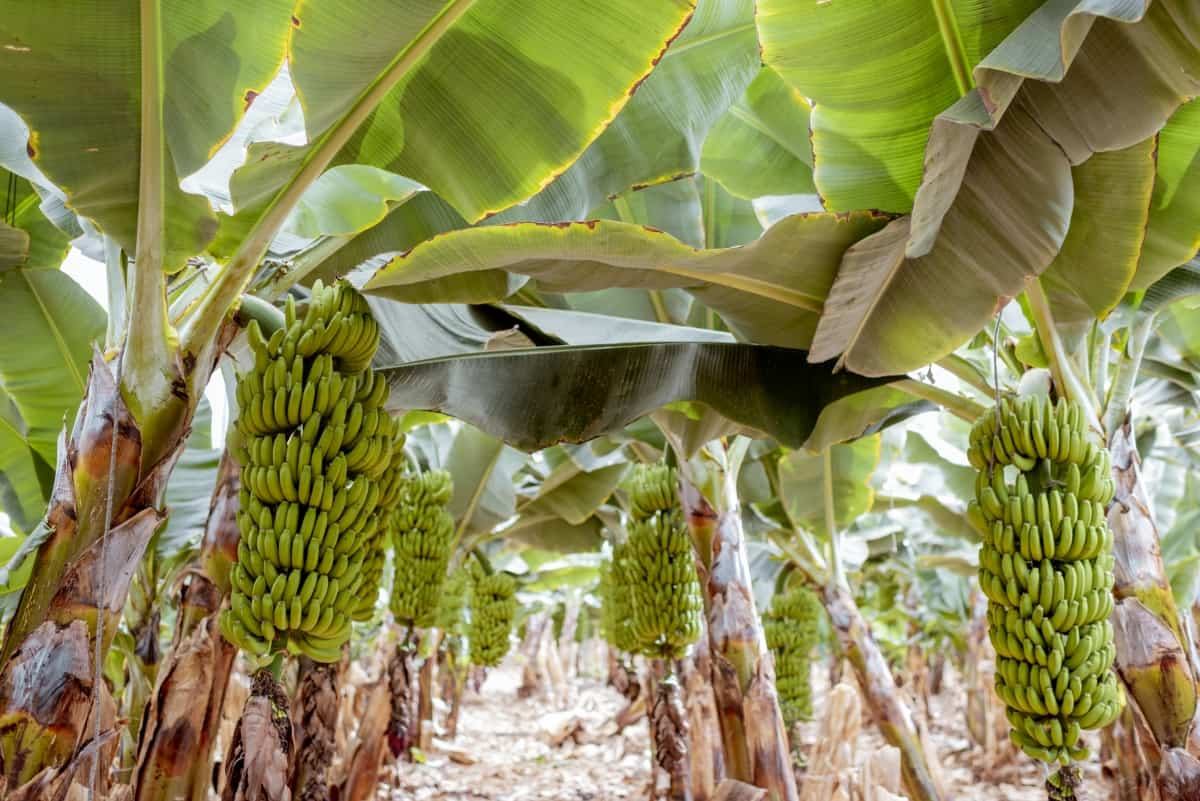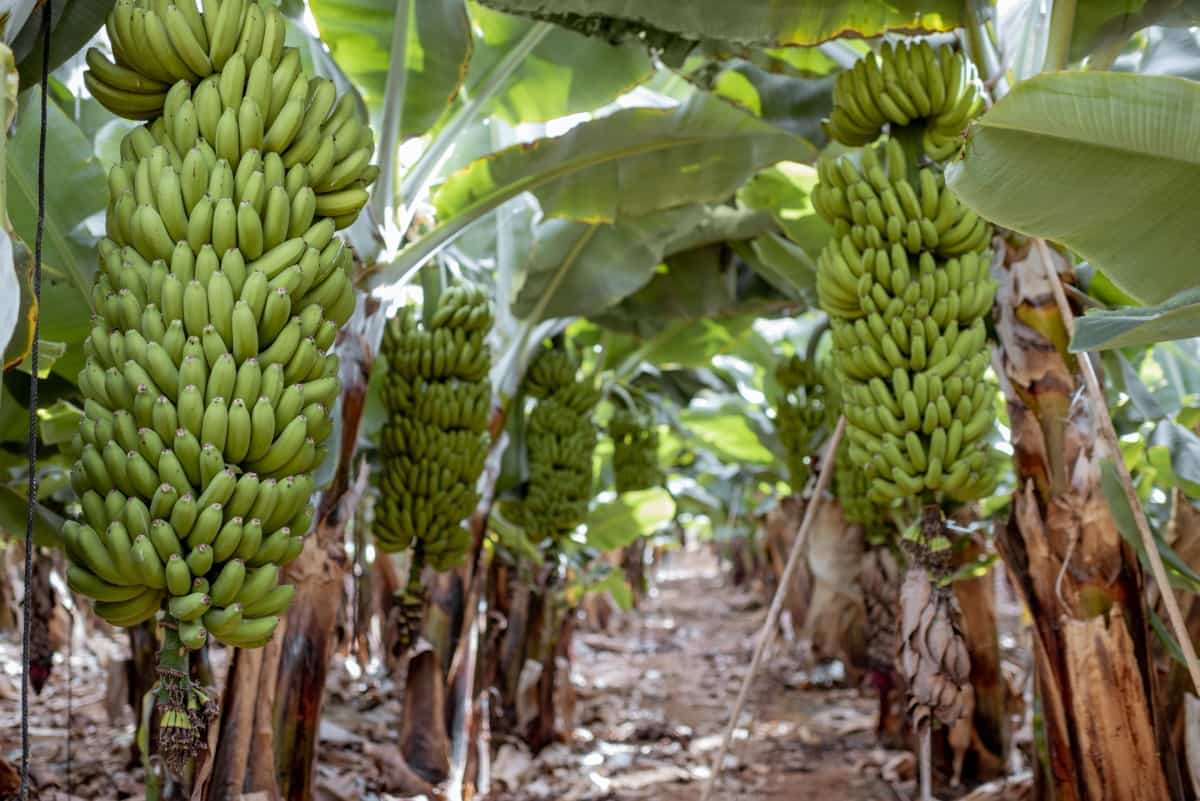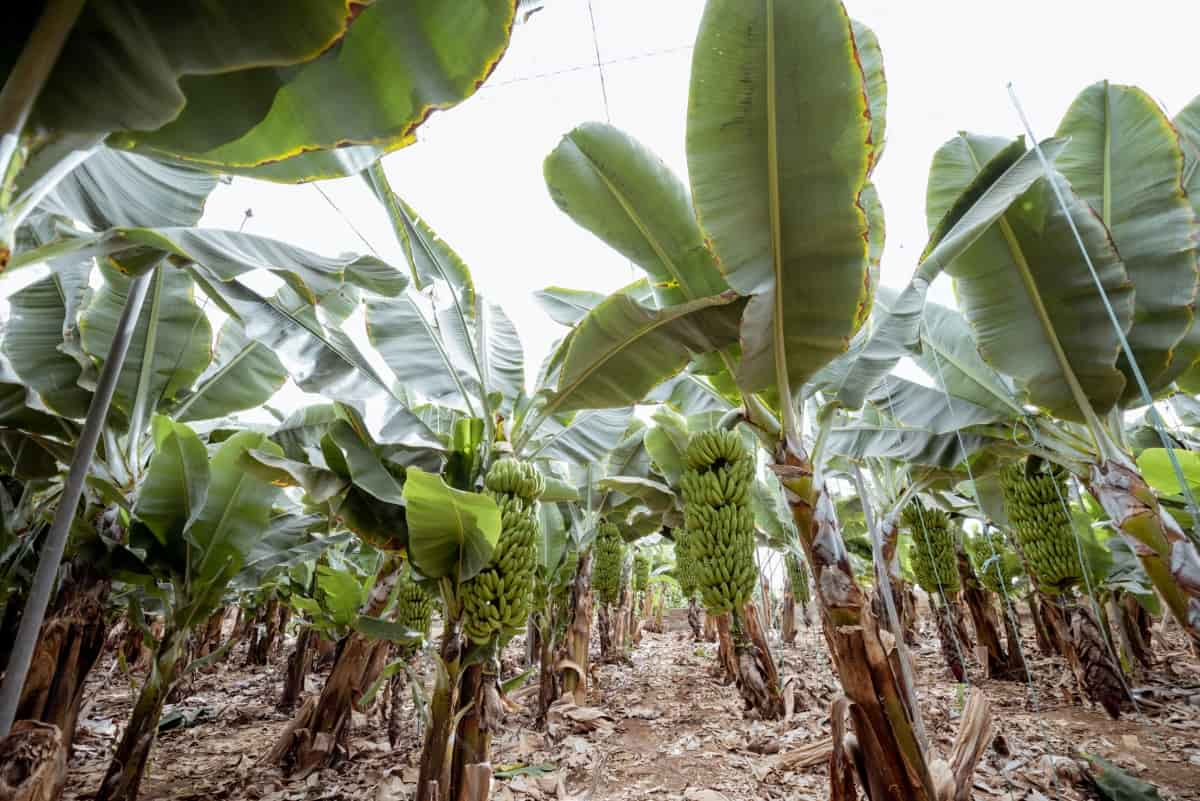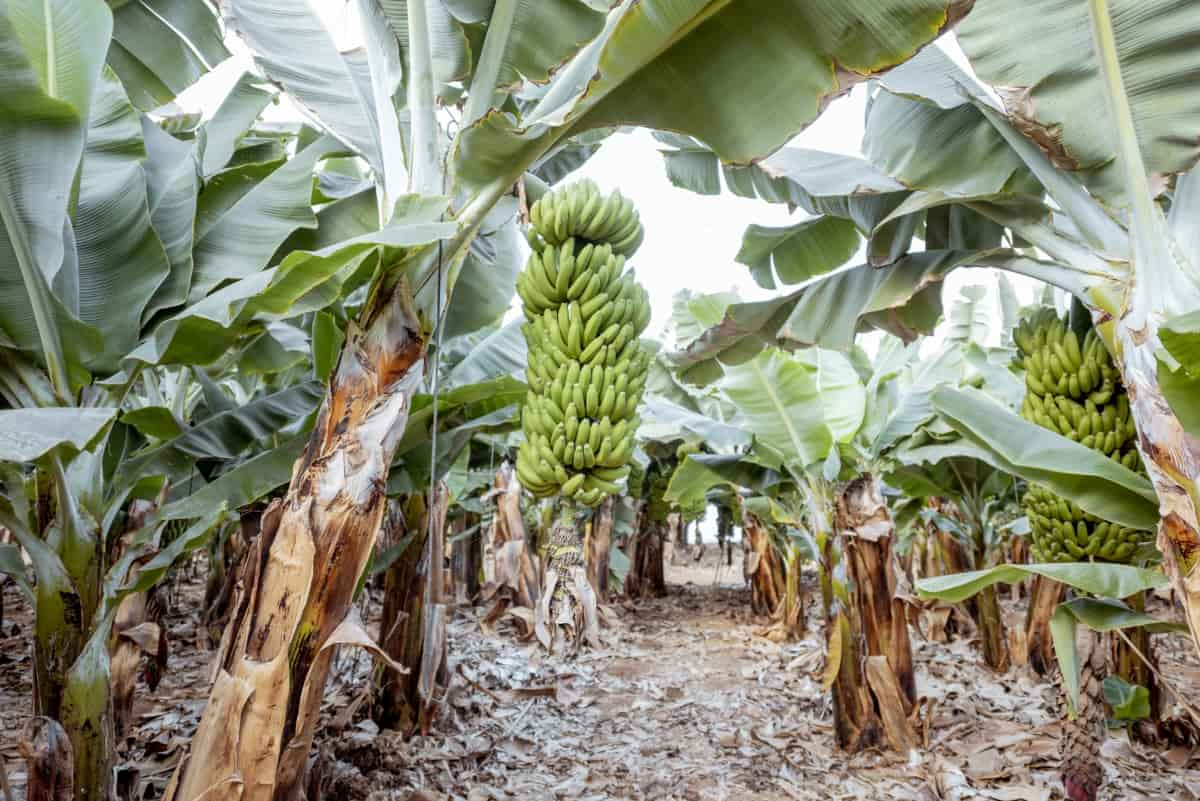Banana fruit rot is a common concern, but combating it naturally is both effective and eco-friendly. Explore organic treatments like neem oil, vinegar, or baking soda solutions as they inhibit fungal growth. Maintain proper ventilation, avoid excess moisture, and store bananas separately to prevent rapid ripening. Embrace these easy, natural practices to ensure your bananas stay fresher for longer.

How to Prevent Banana Fruit Rot Naturally
Understanding the Causes of Banana Fruit Rot
Banana fruit rot has diverse origins, ranging from fungal and bacterial invaders to environmental stressors. Fungi like Fusarium and bacteria such as Erwinia contribute to decay, while factors like excessive moisture, poor drainage, and wounds on fruits create favorable conditions for pathogens. Understanding these causes is crucial for effective prevention. By pinpointing the specific threats, growers can tailor their strategies to fortify the plants against these culprits, creating a more resilient banana plantation.
Importance of Natural and Organic Treatment Methods
Choosing natural and organic treatment methods is a conscientious decision with far-reaching benefits. Beyond combatting banana fruit rot, these methods promote sustainability, safeguarding ecosystems from chemical harm. Organic treatments, such as neem oil and garlic-chili concoctions, not only preserve the environment but also protect consumers from potential pesticide residues. This approach nurtures a balanced coexistence between plants and their surroundings, fostering healthier produce and a more sustainable agricultural future.
Creating a Healthy Environment for Banana Plants
A flourishing banana environment is a deterrent to fruit rot. Optimal sunlight exposure encourages photosynthesis while well-draining soil prevents waterlogging—the nemesis of healthy roots. Adequate spacing ensures good air circulation, minimizing the risk of fungal infections. Regular pruning of dead leaves not only enhances the plant’s aesthetics but also eliminates potential breeding grounds for pathogens. By investing in the health of the banana plant, growers create a robust foundation that naturally resists diseases, including the notorious fruit rot.
Proper Soil Management to Prevent Rot
The secret to preventing banana fruit rot lies in the soil. Introducing organic matter like compost and well-rotted manure improves soil structure, ensuring proper aeration and water retention. This creates an inhospitable environment for pathogens, reducing the likelihood of infections. Healthy soil is also a breeding ground for beneficial microbes that act as natural allies against rot-causing agents. Through proper soil management, growers fortify their banana plantation, fostering a thriving ecosystem beneath the surface that safeguards the plant’s health.
In case you missed it: How to Control Banana Pests Naturally: How to Get Rid of Them with Natural and Organic Treatment

Using Beneficial Microorganisms for Disease Prevention
Harnessing the power of beneficial microorganisms is a revolutionary approach to banana fruit rot prevention. Introducing microbes like Trichoderma and Bacillus to the soil establishes a biological defense system. These friendly microorganisms outcompete pathogens for resources, suppressing their growth. This natural warfare beneath the soil surface not only protects against rot but also contributes to overall soil health. By embracing the intricate web of microbial interactions, growers create a resilient banana environment that is naturally fortified against diseases.
Implementing Cultural Practices to Control Rot
Cultural practices play a pivotal role in the battle against banana fruit rot. Crop rotation disrupts the life cycle of pathogens, preventing the buildup of soil-borne diseases. Companion planting introduces plants that naturally repel pests and diseases, creating a harmonious environment.
Diverse planting techniques, such as intercropping, confuse and deter rot-causing agents. By integrating these cultural practices into banana cultivation, growers not only enhance the resilience of their plants but also contribute to the overall health and sustainability of their agricultural practices.
Natural Remedies for Controlling Banana Fruit Rot
Nature offers a treasure trove of remedies for controlling banana fruit rot. Neem oil, extracted from the neem seeds, is a potent natural fungicide that disrupts the life cycle of fungi. Garlic and chili pepper concoctions act as powerful antimicrobial agents, providing an organic shield against pathogens.
These natural remedies not only effectively control fruit rot but also avoid the environmental and health concerns associated with synthetic chemicals. By tapping into the inherent power of these natural elements, growers can protect their banana harvests while embracing a more eco-friendly and sustainable approach to agriculture.
Organic Fungicides and Their Role in Prevention
Organic fungicides, such as copper-based solutions, offer a safe and effective means of preventing banana fruit rot. Copper acts as a protective barrier, preventing fungal spores from establishing on the fruit’s surface. Unlike synthetic counterparts, organic fungicides leave minimal residues and pose no harm to the environment.
In case you missed it: Common Banana Damaging Pests: Symptoms, Treatment, Prevention, and Management

By incorporating these eco-friendly solutions into their disease prevention arsenal, growers can strike a balance between effective protection and environmental stewardship. Organic fungicides not only safeguard the health of the banana plant but also contribute to a more sustainable and responsible agricultural landscape.
Monitoring and Early Detection of Rot Signs
Vigilance is the cornerstone of successful banana fruit rot prevention. Regular monitoring of plants allows growers to spot early signs of rot, such as discoloration, wilting, or unusual odors. Prompt intervention at the first indication of trouble can prevent the spread of the rot to other fruits and plants.
Vigilant monitoring transforms into a proactive shield against potential devastation, enabling growers to respond swiftly and effectively to protect their banana harvests. Through regular and attentive observation, growers can stay one step ahead of the rot, minimizing its impact and ensuring a healthier and more productive banana plantation.
Importance of Crop Rotation and Diversity
The practice of crop rotation and embracing diversity within the plantation is a strategic approach to long-term banana fruit rot prevention. Alternating crops disrupt the life cycle of soil-borne pathogens, reducing the risk of infection. Introducing diversity in plant species not only confounds potential threats but also promotes a more resilient and balanced ecosystem.
The varied mix of plants contributes to soil health and biodiversity, creating an environment where banana plants can thrive naturally. By adopting these measures, growers invest in the sustainability of their banana cultivation, fostering a resilient and diverse agricultural landscape that stands strong against the challenges of fruit rot and other diseases.
Frequently Asked Questions on Banana Fruit Rot
Does the Way Bananas are Stored Impact Rot?
Yes, storing bananas separately and in a well-ventilated area helps prevent rapid ripening and reduces the risk of fungal growth.
Are There Eco-Friendly Ways to Dispose of Rotting Bananas?
Yes, composting is an eco-friendly way to dispose of rotting bananas, returning nutrients to the soil in a sustainable manner.
What Role Does Moisture Play in Banana Fruit Rot?
Excess moisture promotes the growth of fungi, so it’s crucial to keep bananas dry and avoid storing them in humid conditions.
In case you missed it: Banana Peel Splitting and Hard Lump Disorders Management: Symptoms, Causes, Favorable Conditions, and Treatment

Conclusion
Banana fruit rot requires a holistic approach involving understanding causes and using natural and organic treatments. This includes creating a healthy environment, proper soil management, utilizing beneficial microorganisms, and implementing cultural practices. By adopting these practices, growers can protect their banana plants from rot and contribute to a sustainable, resilient agricultural future, ensuring a thriving, rot-free harvest.
- Deworming Schedule for Dogs/Puppies: A Beginners Guide
- How to Prevent and Control Parasites in Goats
- Beneficial Insects in Pest Management
- Natural Solutions for Pest Control in Flower Gardens
- Types of Fungicides Used in Agriculture
- Common Issues in the Fruit Development Stage of Pomegranate Farming
- Fruit Development Issues in Papaya: Easy Solutions and Treatment
- Soil-Borne Diseases and How to Protect Your Plants
- Practices to Prevent Disease Spread in the Garden